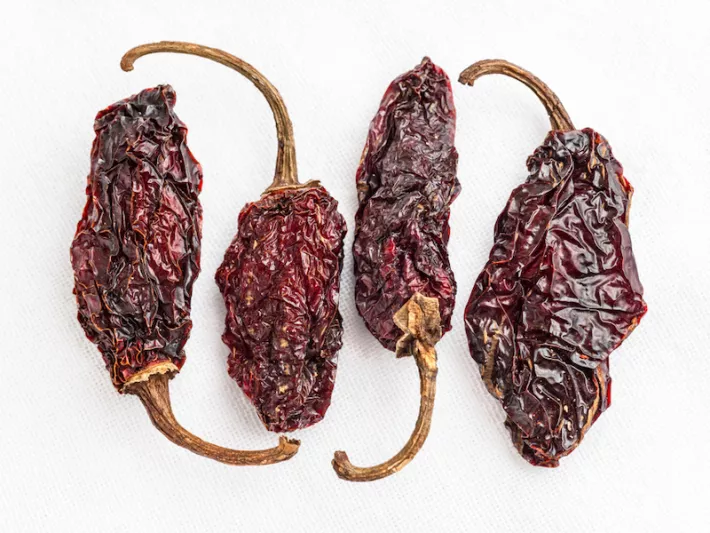May 5 is Cinco de Mayo, a holiday that celebrates the Mexican army’s victory over French forces in The Battle of Puebla in 1862. The battle was one event in a three-year war between France and Mexico. Although it culminated in France taking control of the country and installing a French emperor as ruler, that rule didn’t last long. After only three years, France withdrew from the country and ceded control back to Mexico.
The Battle of Puebla didn’t end the war or win it, but it was a symbolic victory for Mexico. Four thousand poorly armed Mexican soldiers defeated 8,000 well-trained, well-equipped French troops. The battle spurred a sense of patriotism and fueled a guerrilla resistance that helped convince France to leave the country.
'Chipotle' Is Pronounced 'Chi-POAT-lay'
Today, in honor of Cinco de Mayo, we’re going to address a longstanding, deeply debated question: how do you pronounce one of Mexico’s most beloved agricultural exports? Is it chi-POAT-lee or chi-POAT-lay?
It's pronounced 'chi-POAT-lay.' That’s '-lay,' as in rhymes with 'play,' 'clay,' and 'tray.'
Let me say unequivocally that the word is pronounced chi-POAT-lay. That’s “-lay,” as in rhymes with “play,” “clay,” “tray,” and so forth.
The word comes from a Nahuatl word for “smoked chile pepper.” Nahuatl is an Uto-Aztecan language that’s been spoken in Central Mexico since at least the seventh century and is still spoken today. Uto-Aztecan is an American Indian language family, and one of the oldest and largest language families in the world. Its reach once stretched from what is now Oregon in the northern United States, all the way to Panama, at the very bottom tip of Central America. It includes the Hopi and Comanche languages of North America; Aztecan, in Central America; and many others.
Chipotles Start Out as Jalapeño Peppers
Now, let me blow your mind by telling you that there’s no such thing as a chipotle pepper. Chipotles aren’t a natural variety of pepper in the way that habanero, cayenne, poblano, or serrano peppers are
Chipotles are just plain old jalapeño peppers that have been dried and smoked.
This practice can be traced all the way back to the 13th century, the time of the Aztecs, when meats and fruits were dried as a way of preserving them. The flesh of jalapeños are very thick and tough, especially when compared to that of other peppers. That meant jalapeños were likely to rot before they had a chance to dry out.
Thus, the practice of smoking them became common. Jalapeños were left on the vine until they turned from dark green to a deep red, just like bell peppers do. They were then picked and smoked over a fire or placed in a smoking chamber.
The same method is still used today. And it’s jalapeños’ natural heat and flavor, plus the application of smoke, that creates the distinctive smoky taste of chipotles.
Not chi-POHT-lees, mind you, but chi-POHT-lays.
And by the way, next time you say that word, think about the fact that you’re saying one of the same words the Aztecs did centuries ago. And the next time you go to that ubiquitous restaurant chain of the same name and order something made with chipotles, remember that you’re tasting the fruits of the Aztecs’ ingenuity.
Happy Cinco de Mayo, everyone.
Samantha Enslen runs Dragonfly Editorial. You can find her on Twitter at @dragonflyedit or at dragonflyeditorial.com.
Sources
Battle of Puebla. Encyclopedia Brittanica online, April 28, 2019. Accessed April 28, 2019.
Campbell, Lyle. Uto-Aztecan languages. Encyclopedia Brittanica online, November 16, 2016. Accessed April 28, 2019.
Waugh, Randall. What is a Chipotle? Chicaoji website, March 9, 2012. Accessed April 28, 2019.
What Makes a Chile a "Chipotle"? Spices Inc. website. Accessed April 28, 2019.
Image courtesy of Shutterstock.




